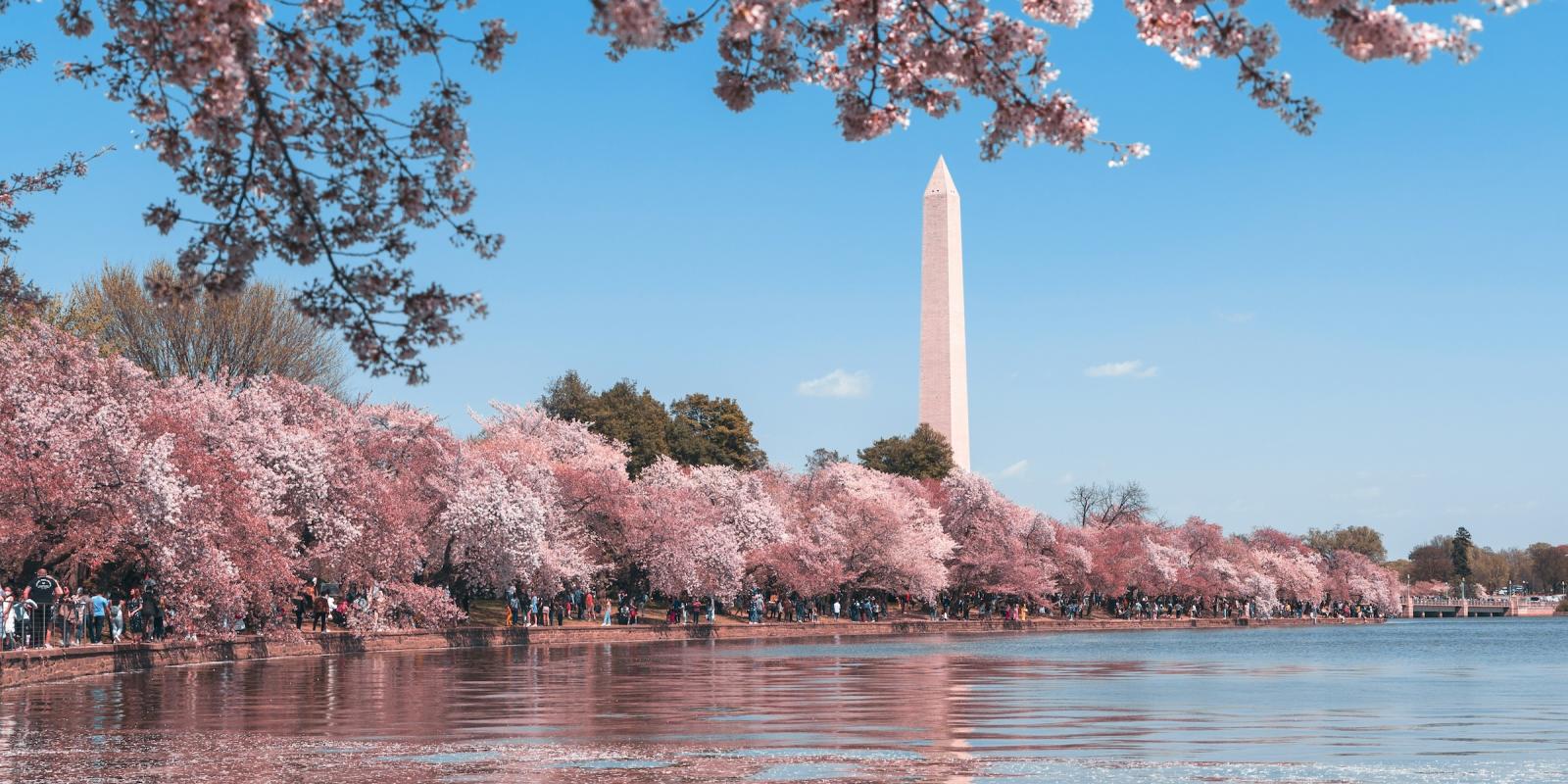When Countess Marguerite Cassini first arrived in DC in 1898 during the McKinley administration, she accompanied the first Russian Ambassador to America, Count Arthur Cassini, as his 16-year-old “niece.” An air of mystery shrouded her origins, but as the oldest female relative of the ambassador, the “Countess” was the embassy’s official hostess. At state functions, she would be seated in the proper place for the Russian hostess — at the top right below the British, French, and German hostesses. The wives of the diplomatic corps bristled to be placed beneath an unmarried teenager, who was thought to be “neither a [countess] nor, according to rumor, a Cassini.” To be fair, the Capital gossip wasn’t entirely wrong; young Marguerite wasn’t a countess, and the count was not her uncle. He was her father. But questions over her roots soon gave way to amazement over the Countess's command of the D.C. social scene, which she effectively ruled along with Alice Roosevelt.
